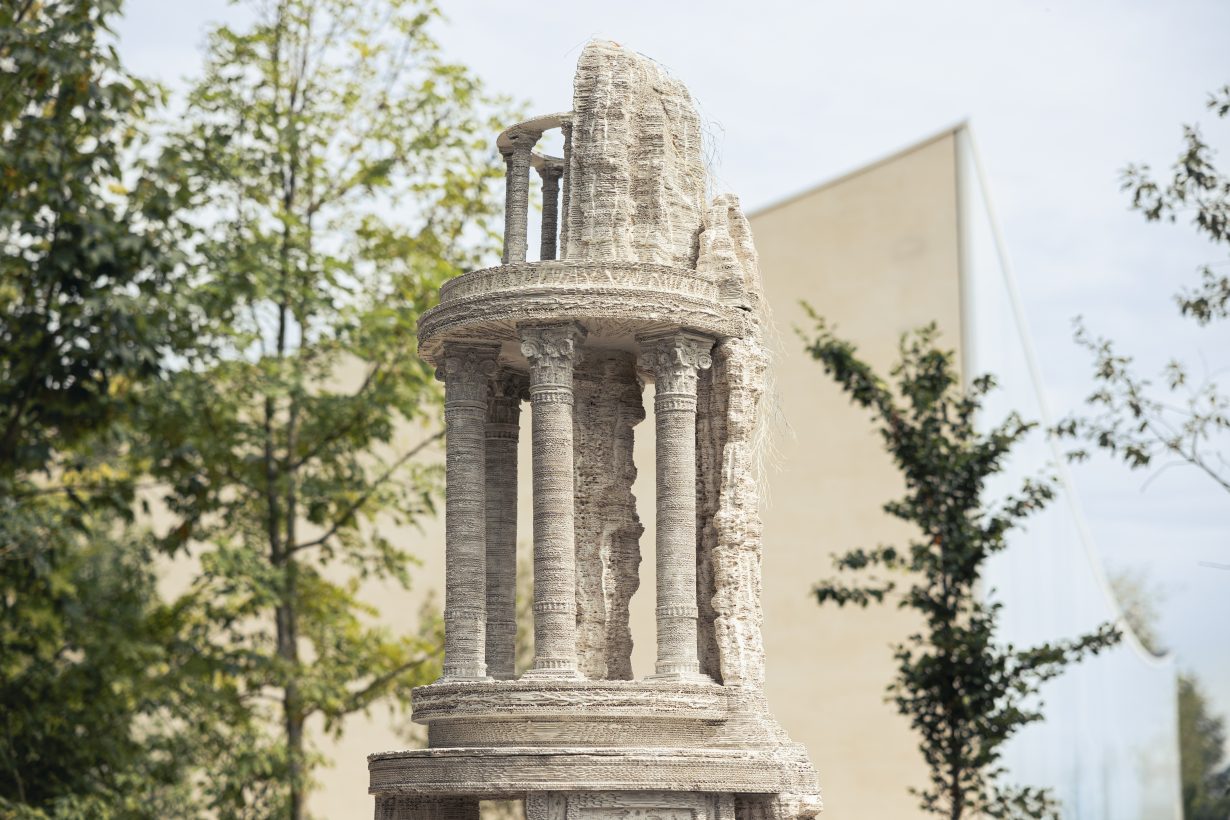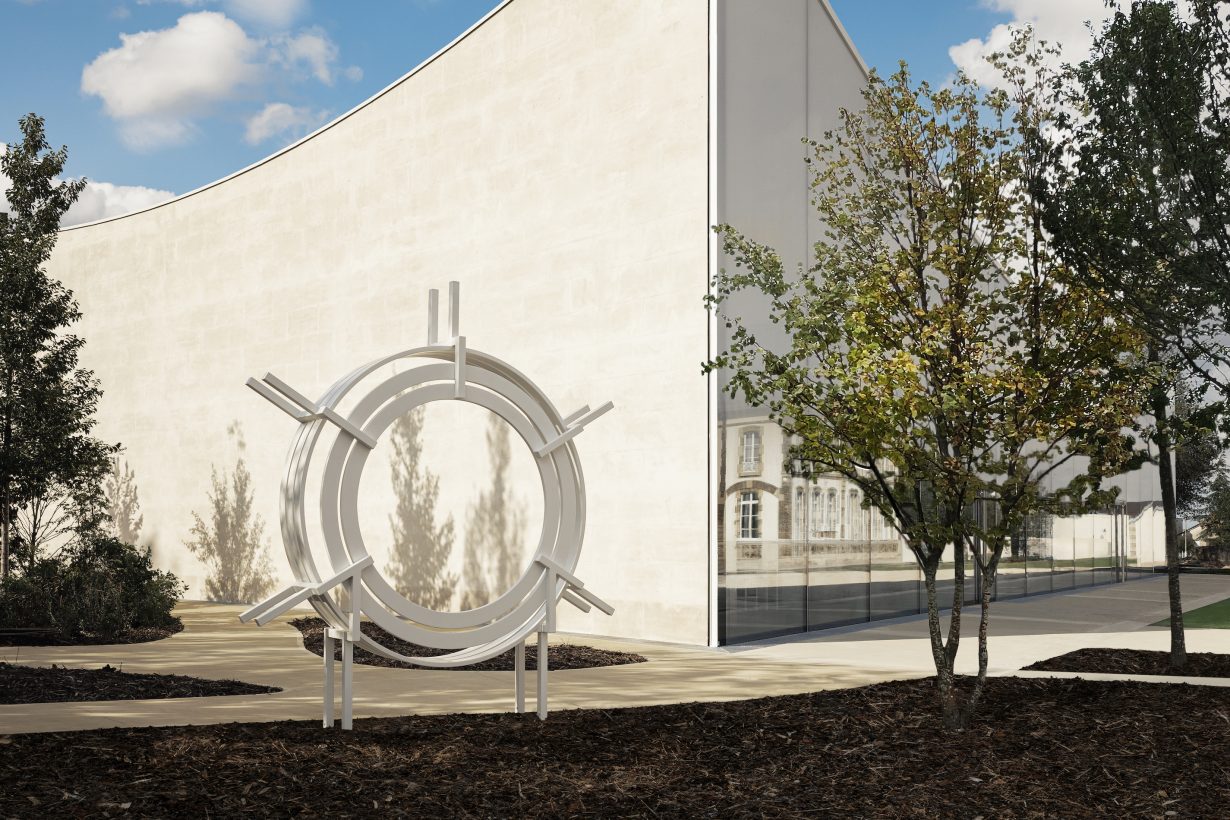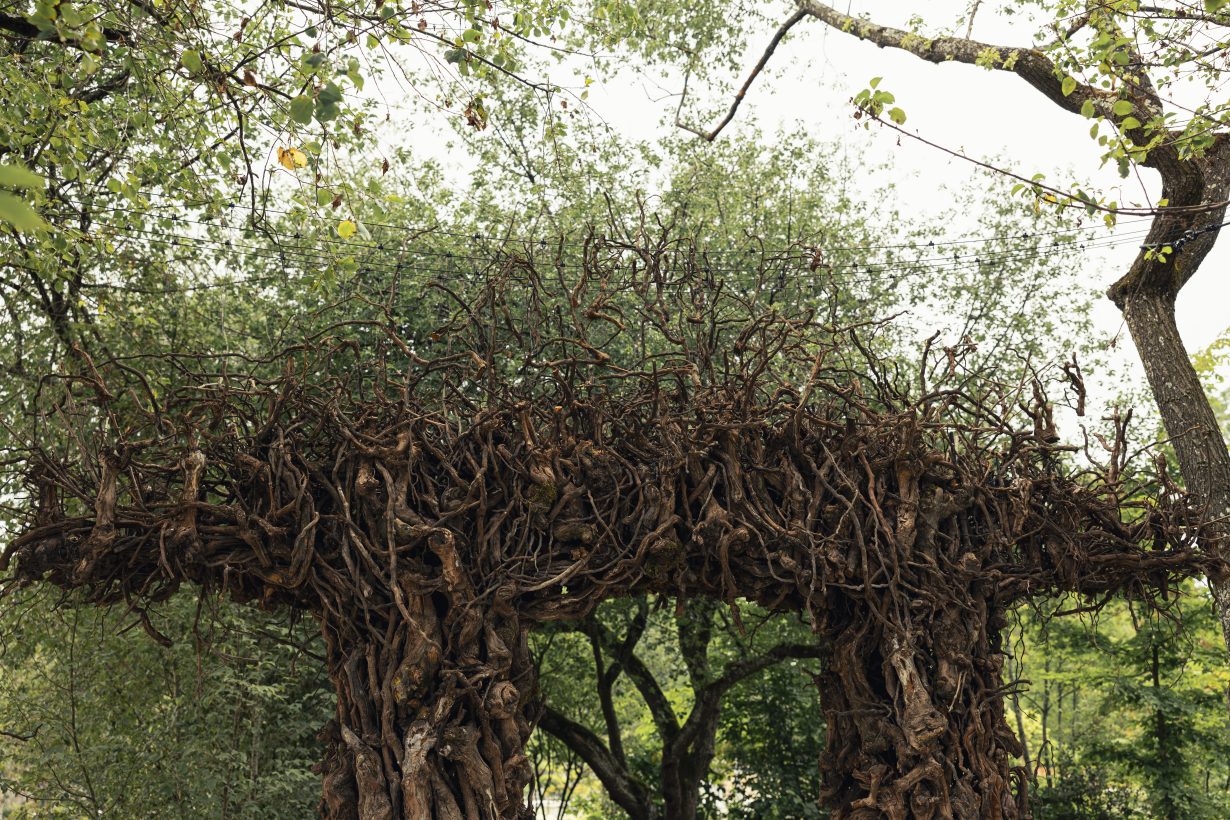ArtReview sat down with Ruinart’s International Arts and Culture Director Fabien Vallérian to talk art, champagne and the future of our habitats
ArtReview Can you tell us about the philosophy behind Ruinart’s artistic programme?
Fabien Vallérian Maison Ruinart has a long history of inviting artists and supporting the artworld. The first commission took place in 1896 with Czech artist Alfons Mucha. Today, our mission is to understand and share the connection between humanity and nature through the prism of art. We are drawn to artists who have an approach of their own and a strong sense of respect for the planet.
AR How are the artists and artworks commissioned?
FV We invite artists from all over the world and every generation to come to the Champagne region for an art residency. They experience the natural environment, they discover the history, the people, the values that created Ruinart and they learn about the challenging topics of our times such as global heating and biodiversity. Then the artists propose a project and produce art works that we exhibit in the best art fairs around the world as well as on our site in Reims. Each art collaboration is a new journey of discovery for the artist and for Ruinart.

AR What is your vision for the future of ‘Art and Nature’ at 4 Rue des Crayères?
FV Our metamorphosed site in Reims, which has just opened, exists in conversation with nature thanks to the vision of artists. We show more than 40 different art collaborations on the premises including 19 sculptures that we commissioned for our garden. This site will continue to evolve over the years and include new artistic endeavours such as sculptures and installations but also performances.
AR Is there a particular artwork in the collection that you often return to, and can you tell us why it’s special to you?
FV The three monumental nests, called ‘Habitat’ and created by German land artist NILS-UDO in our Taissy vineyard, have a strong symbolic attraction to me. They blend all our values in one project: the respect for nature by using only natural materials and providing shelter for biodiversity, the craftmanship behind the making of these giant nests in wood, and the visual appeal of an artwork that participates in the harmony of the landscape and carries a message of balance between humanity and nature.
AR Ruinart has had a historical connection with art since its establishment, but what is the relationship between the tradition of winemaking and the making of contemporary art today? Do you think these practices relate to one another?
FV Both practices require incredible artisanship and a real attention to the world around us. Our cellar master, Frédéric Panaiotis, is a master craftsman that works with the product of nature, in much the same way that artists create in their workshops using natural or found elements. But above all, it’s a question of inspiration: our cellar master finds his inspiration in nature and the world around him, probably like the artists and he’s very sensitive to art too.


AR Can you tell us about any forthcoming commissions at 4 Rue des Crayères?
FV We will continue to invite artists with a strong message about the the environment using existing techniques but also innovative media and creating meaningful interactions with the visitors. We believe artists are the best ambassadors to raise awareness about ecology and the idea of harmony.
AR Looking at the overall 4 Rue des Crayères cultural programme – which includes art, architecture, food, the gardens – why is it important for a vineyard diversify its public offerings?
FV At Ruinart, we want to curate full experiences for conscious and mindful epicureans. We felt the offer in Reims, both for wine-tourists but also for the local population – could be improved by proposing an immersive discovery and a hub for people to gather and wander. It also brings a very positive impact on the whole region as it attracts the diverse communities of wine, food, garden and art lovers, all in one place.
AR Can you make champagne that has no bubbles?
FV Champagne without bubbles, it’s like removing the art in Ruinart!
